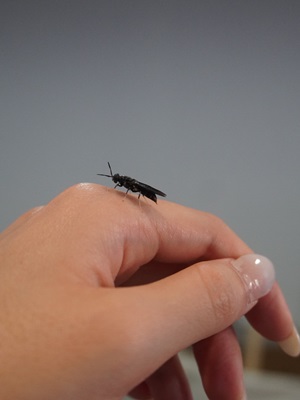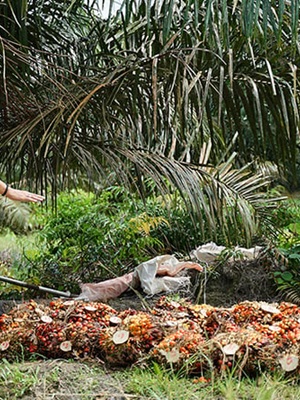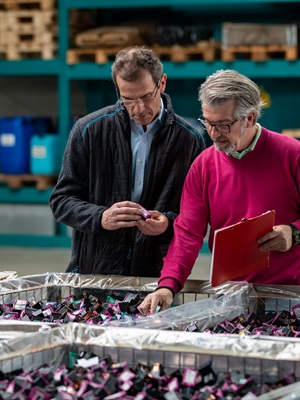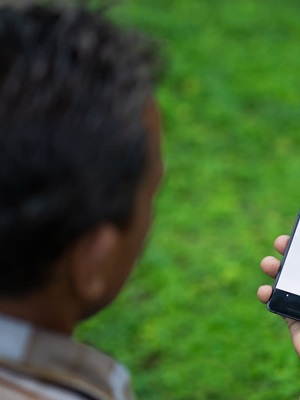Manta rays, with their graceful, wing-like pectoral fins and captivating underwater dances, are some of the most iconic and beloved creatures in our oceans. These gentle giants are not only essential to the health of marine ecosystems, but they also play a key role in the Maldivian economy, drawing thousands of visitors each year eager to witness their beauty in the wild.
Biology and Species of Manta Rays
Manta rays belong to a group of cartilaginous fish called elasmobranchs, which also includes sharks and other rays. They are filter feeders, meaning they consume plankton and small organisms by funneling water into their mouths as they glide through the ocean. With the largest brain-to-body ratio of any fish, manta rays are known for their intelligence, curiosity, and complex social behaviors.
Two species of manta rays are commonly seen in Maldivian waters:
- Reef Manta Ray (Mobula alfredi) – These mantas are smaller, more coastal, and show strong site fidelity, often returning to the same cleaning stations and feeding areas.
- Oceanic Manta Ray (Mobula birostris) – Much larger in size, these mantas are more migratory and typically found in deeper, offshore waters.
Reproduction and Life Cycle
Manta rays have a slow reproductive rate, which makes them especially vulnerable to threats. They are ovoviviparous—meaning females give birth to live young after the eggs hatch inside their bodies. A female manta usually gives birth to just one pup every two to five years after a gestation period of about 12–13 months.
This low reproductive rate means manta populations recover very slowly from declines, highlighting the importance of strong conservation efforts. Mating behavior often involves males chasing a female in a “mating train,” with only the strongest or most persistent male succeeding.
The Maldives: A Global Manta Ray Hotspot
he Maldives is considered one of the world’s best places to encounter manta rays. Among its many incredible sites, Hanifaru Bay, located in the Baa Atoll UNESCO Biosphere Reserve, stands out as one of the most spectacular manta aggregation sites on the planet.
Between May and November, during the southwest monsoon, currents bring nutrient-rich waters into the bay, sparking massive plankton blooms. This attracts hundreds of reef manta rays in a phenomenon known as a feeding frenzy—a mesmerizing natural event that draws global attention.
Other important manta ray hotspots in the Maldives include:
- Ari Atoll: With year-round sightings, particularly at Madivaru and Rangali Madivaru.
- Northern Atolls (Raa, Lhaviyani, Noonu): Rapidly emerging as key aggregation zones.
- Deep South (Addu & Fuvahmulah Atolls): Prime locations for spotting oceanic manta rays.
- Makunudhoo (Haa Dhaalu): discovered in 2021, host a large seasonal aggregations of reef manta rays. Maldives Manta Conservation Programme is actively studying and protecting this population.
Why Manta Rays Matter
Manta rays contribute to ocean health by helping maintain plankton populations and nutrient cycling. Their presence is also a strong indicator of a healthy marine environment. Economically, manta ray tourism generates millions in revenue annually and supports countless local jobs in diving, guiding, and hospitality.
However, manta rays face increasing threats from:
- Fishing (both targeted and bycatch)
- Unsustainable tourism
- Habitat degradation
- Pollution, particularly plastic waste and chemical runoff
Because of their slow reproduction, even small population declines can have long-term effects.
How Science Helps: Photo Identification
One of the most effective and non-invasive ways to study manta rays is through photo-identification. Each manta ray has a unique pattern of spots on its belly, much like a human fingerprint. By photographing these spots, researchers can identify individuals and track them over time.
This method helps scientists understand:
- Site fidelity (how often mantas return to the same place)
- Migration routes
- Reproductive cycles
- Population size and health
The Manta Trust, a global leader in manta research and conservation, manages one of the largest manta databases in the world. In the Maldives alone, over 5,000 individual manta rays have been identified.
Their research has shown that reef mantas in the Maldives are highly site faithful, returning to the same cleaning stations and feeding sites year after year. This information is critical for designing Marine Protected Areas (MPAs) that safeguard these vital habitats.
The Role of Resorts and Tourists
Luxury resorts in the Maldives can actively contribute to manta conservation by blending citizen science and sustainable tourism into their guest experiences. Key initiatives include:
- Manta ID Programs: Encouraging guests to photograph manta rays and submit images to research databases.
- Eco-Friendly Tourism Guidelines: Ensuring guests keep a respectful distance (at least 3 meters), avoid touching or chasing mantas, and never use flash photography.
- Marine Biology Collaboration: Hosting in-house marine biologists to lead educational talks and assist with data collection.
- Advocacy for Marine Protection: Supporting local efforts to establish and enforce MPAs around critical manta aggregation sites.

Local Communities as Conservation Partners
Beyond the resort world, local communities are vital to manta conservation. Their involvement can make a big difference through:
- Sighting Reports: Encouraging locals to document manta encounters and share them with researchers.
- Education and Outreach: Integrating marine biology into school curricula and community workshops.
- Sustainable Fishing: Reducing bycatch and avoiding fishing in known manta aggregation areas.

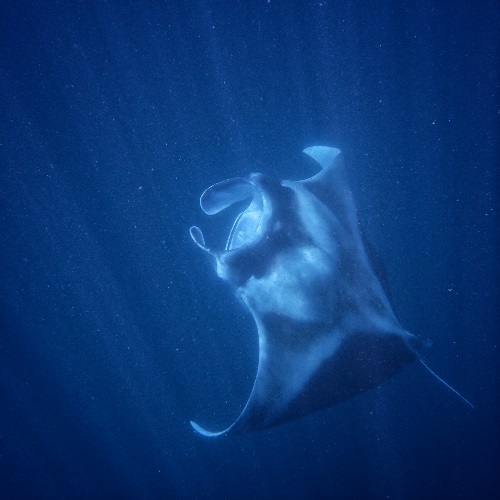
A Call to Action
The future of manta rays in the Maldives depends on collaboration between scientists, resorts, government agencies, and local communities. By supporting photo-ID programs, promoting responsible tourism, and encouraging sustainable fishing practices, we can ensure that manta rays continue to thrive in Maldivian waters for generations to come.
Whether you're a guest snapping a photo on a snorkeling trip or a local boat captain sharing a sighting with researchers—every action matters. Together, we can keep the Maldives a true sanctuary for manta rays.
References
- Anderson, R. C., Adam, M. S., & Goes, J. I. (2011). From monsoons to mantas: Seasonal distribution of Manta alfredi in the Maldives. Marine Biology, 158, 259–275.
- Stewart, J. D., Beale, C. S., Setyawan, E., Sianipar, A. B., et al. (2018). Spatial ecology and conservation of manta rays in the Indo-Pacific. Biological Conservation, 227, 100–109.
- Marshall, A. D., & Pierce, S. J. (2012). The use and abuse of photographic identification in shark and ray research. Journal of Fish Biology, 80, 1361–1379.
- Harris, J. L., McGregor, F., Rago, A., et al. (2020). Long-term site fidelity and movement patterns of reef manta rays (Mobula alfredi) in the Maldives. Marine Ecology Progress Series, 638, 159–172.
Posted 10/04/2025













